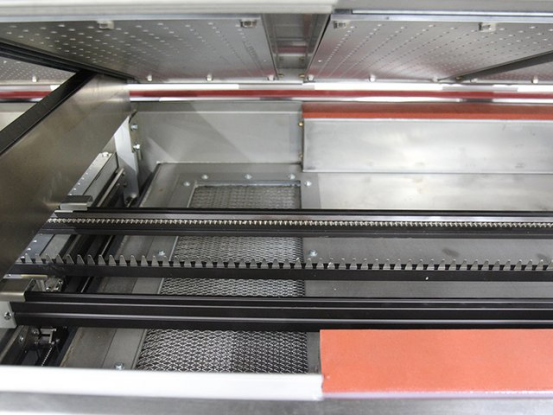Analysis of reasons for open circuit and virtual soldering of IC pins after reflow soldering
Release time:2024-03-13Publisher:Jeenoce
Cause of occurrence:
1. Poor coplanarity, especially in FQFP devices, can cause pin deformation due to improper storage. If the SMT machine does not have the function of checking coplanarity, it is sometimes difficult to detect
2. Poor solderability of pins, long storage time of ICs, yellowing of pins, and poor solderability are the main reasons for virtual soldering
3. The solder paste has poor quality, low metal content, and poor solderability. It is usually used for soldering FQFP devices, and the metal content should not be less than 90%
4. Excessive preheating temperature can easily cause oxidation of IC pins, resulting in poor solderability
5. The printing template window size is small, resulting in insufficient solder paste Solution:
6. Pay attention to the storage of the components and do not take them or open the packaging casually
7. During production, the solderability of components should be checked, and special attention should be paid to the IC storage period not being too long (within a year from the manufacturing date). When storing, it should not be subjected to high temperature and humidity
8. Carefully check the template window size, it should not be too large or too small, and pay attention to matching with the PCB pad size

Two phenomena and judgment criteria of virtual soldering after reflow soldering:
Phenomenon 1:
The surface is not wet, the solder joint surface has a rough shape, poor gloss, and poor wettability (wetting angle) θ> 900), as shown in Figure 1. At this point, the interface between the brazing material and the base metal is obstructed by a layer of non weldable thin film, and the expected metallurgical reaction (forming an appropriate thickness of alloy layer Cu6Sn5+Cu3Sn) has not occurred on the interface layer. This is a visible phenomenon of virtual soldering, which can be judged from its appearance.
Phenomenon 2:
The surface is wetted, but there is no metallurgical reaction at the interface between the brazing material and the base metal (an appropriate thickness of alloy layer Cu6Sn5+Cu3Sn has not been formed), as shown in Figure 2. It is a stable virtual welding phenomenon, which is difficult to judge in appearance and therefore poses great harm.
2. Criteria for virtual welding
The two different virtual welding phenomena described above share the common feature that there is no metallurgical reaction at the bonding interface and no appropriate thickness (1.5-3.5) is formed μ The alloy layer of m. Therefore, whether a suitable thickness of copper tin alloy layer is formed on the bonding interface constitutes the only criterion for virtual soldering phenomenon. If the solder joint is torn at this time, it can be found that there are interlocking cracks between the brazing material and the base metal, that is, there is brazing residue on the base metal, and there are also traces of the base metal on the brazing material. On the contrary, if the virtual solder joint is torn apart, there is no residue wedged into each other between the base metal and the brazing material, but they are clearly separated from each other, as if they were glued together with paste.

